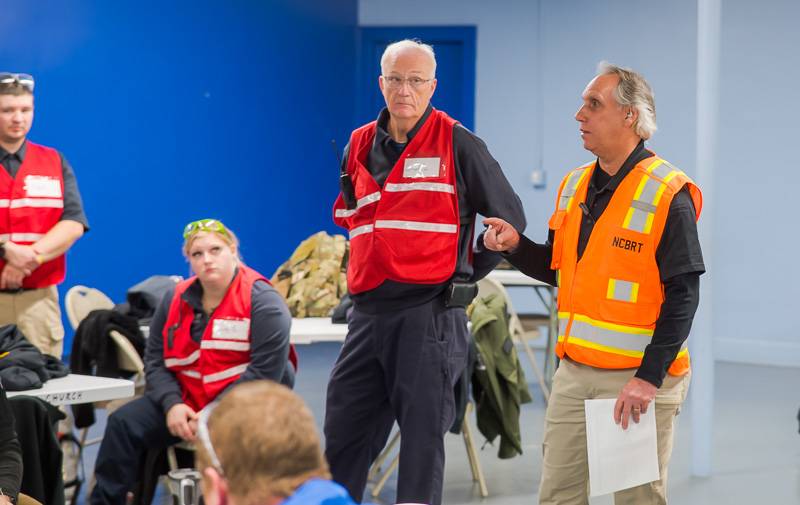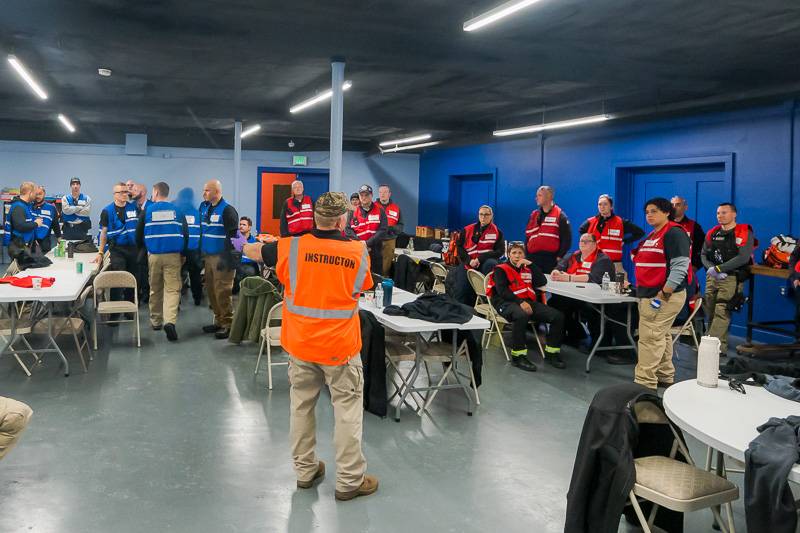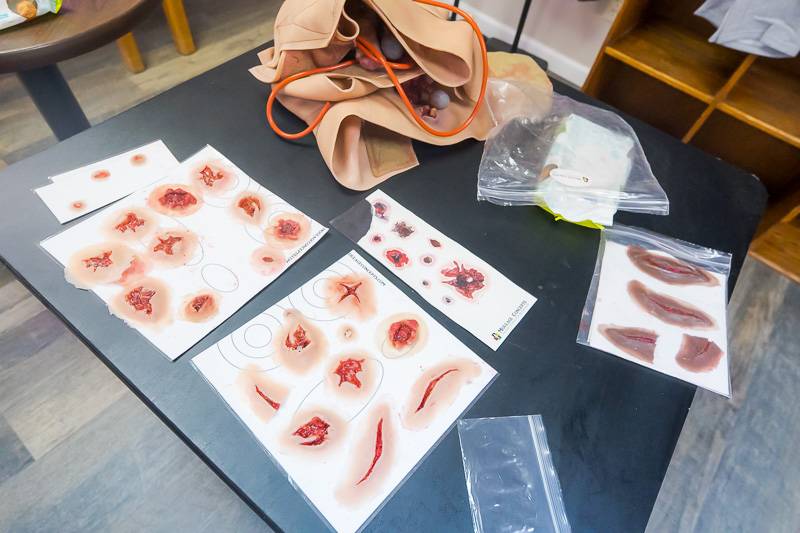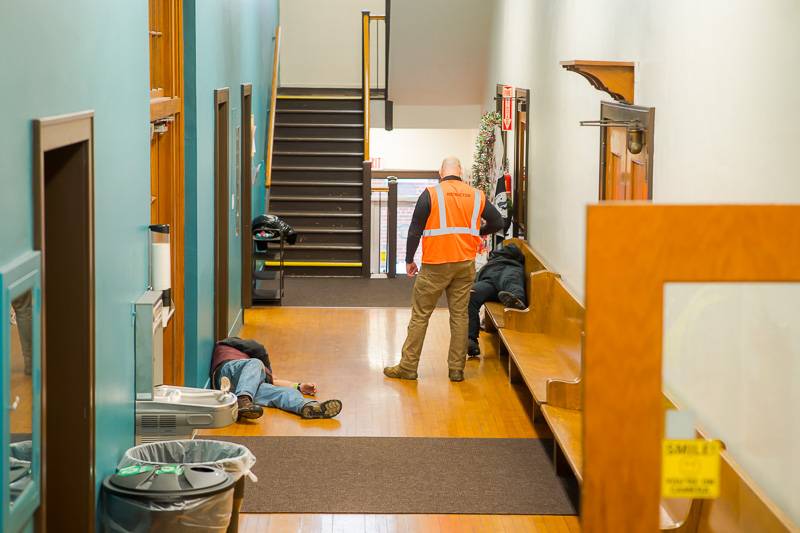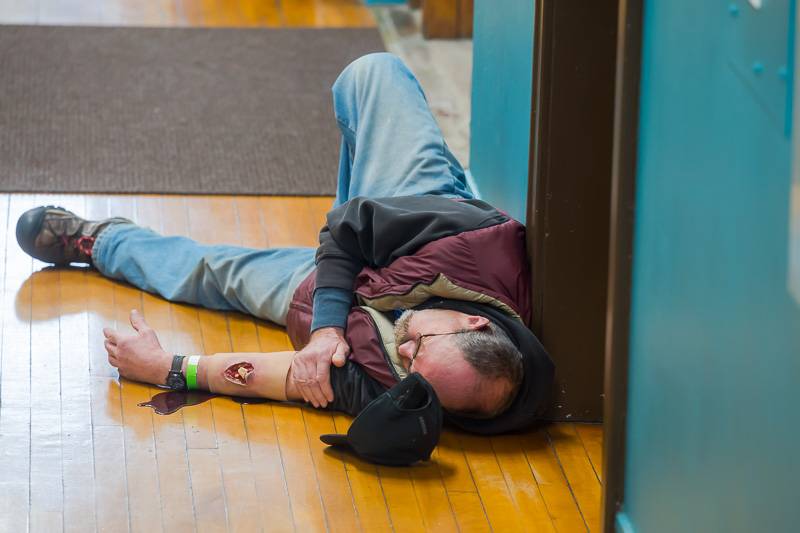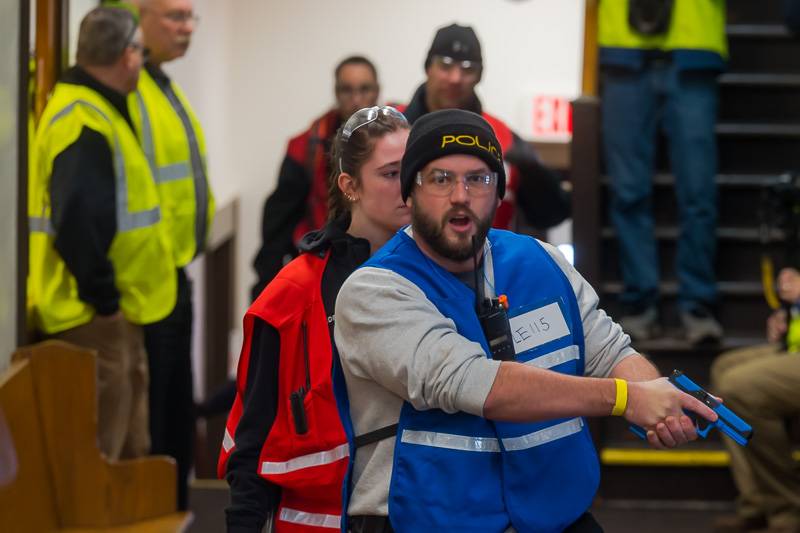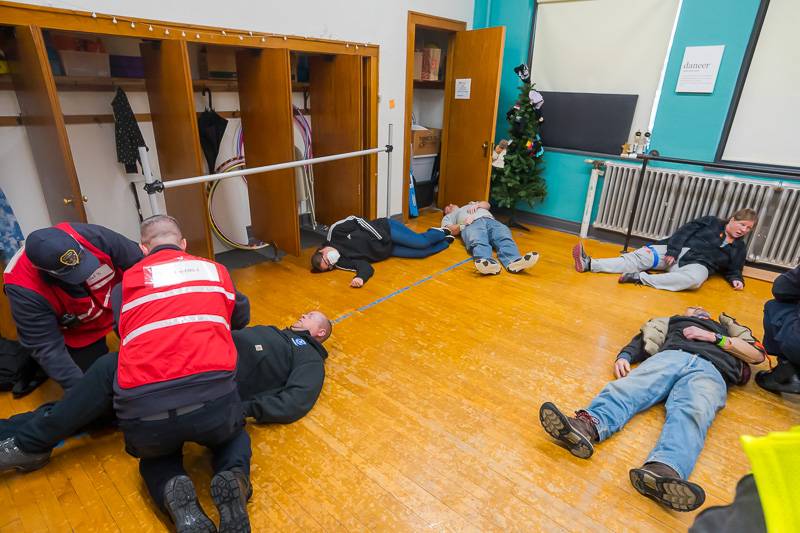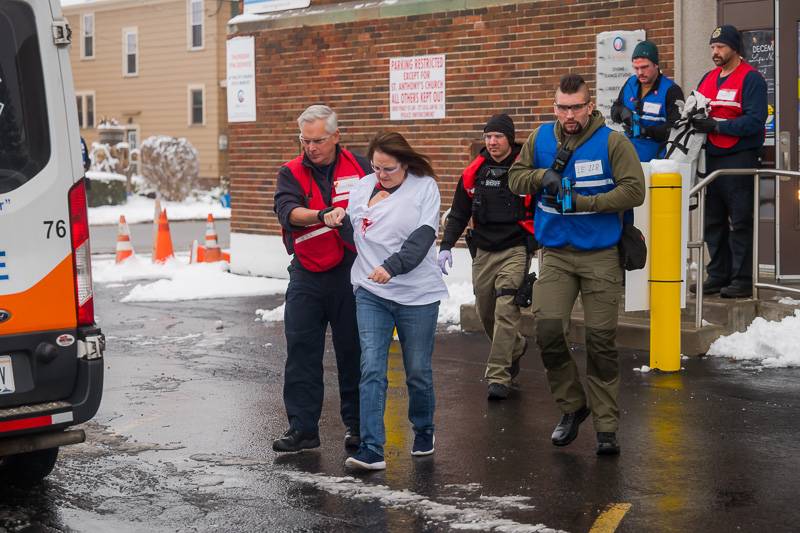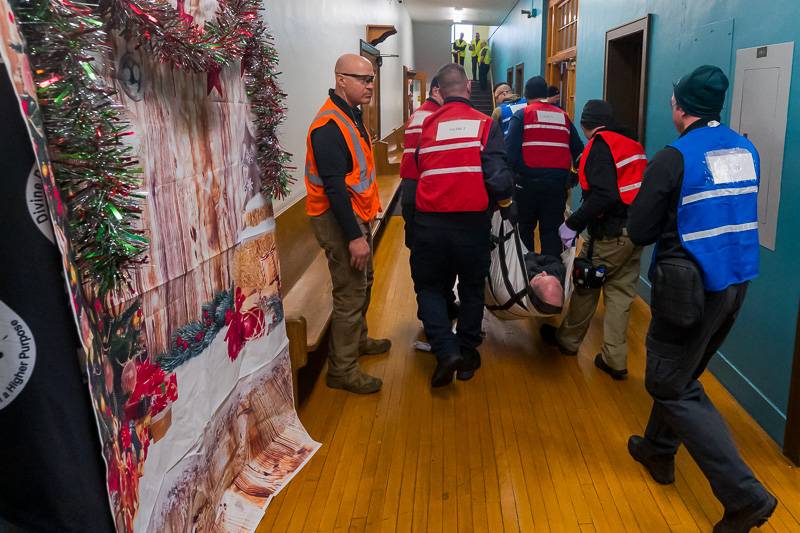
The first 15 minutes is when emergency responders have the best chance of saving lives during an active threat -- that incident where a bad actor, or multiple perpetrators, have undertaken hostile actions.
Local cops, firefighters, and medics worked together at St. Anthony's on Thursday to participate in active threat training to learn how to coordinate a quick response to neutralize a threat and perform emergency medical procedures.
"An active threat can be anything and everything from a single shooter to a complex coordinated attack on a facility or building or structure with an intended target," said Don Birou, lead instructor for the training course. "The goal here is as they have something that has occurred, they respond to it, and then they have to respond to save the lives that we put in front of them."
Birou is with the National Center for Biomedical Research and Training Academy and Counter-Terrorism, a Baton Rouge, Louisiana-based contractor with Homeland Security.
This is the first time this sort of training has been conducted in Genesee County.
"We want law enforcement to come in, eliminate the threat, get the rescue task force in here and get those victims out of here to a hospital in a very short timeframe," Birou said. "It's a coordinated event among all the agencies. This is not like a single agency stuff. This is police, fire, and EMS working as one. In order to make that happen, they have to train on those aspects and try to get used to it."
Thursday's training included deputies from the Sheriff's Office, Batavia police officers, Batavia firefighters, Mercy EMS medics, and the Office of Emergency Management. In the photos, police are in blue vests, medical and fire personnel in red, trainers in orange, and observers in green.
Emergency Management Coordinator Tim Yaeger said the impetus for the training came from school districts looking to ensure first responders were ready to deal with not only an active shooter but other kinds of immediate hostile threats.
Law enforcement frequently trains on neutralizing threats, but such training does not typically include fire and EMS responders and coordinate with them during a critical time frame when lives can be saved but the scene is still chaotic, and officers can't be 100 percent certain a threat has been fully neutralized.
One officer participating in the training said he was grateful to go through it because he did find that when the scenario switched from putting down a shooter to dealing with victims, he became more nervous and realized he didn't have enough experience with that aspect of active threat situation.
"Law enforcement is often ahead of fire and EMS, and they're very prepared to respond to those things, but this is not a tactical SWST response," Yaeger said. "This is the patrol officers that are in the field, they have to respond immediately and take out that threat. This program helps us set the baseline to integrate fire, EMS, and dispatch so we're all on the same page, we're all talking about the same terminology and what our job duties are, how we're going to perform."
Yaeger emphasized that the first 10 or 15 minutes is the most critical period for saving the lives of victims so responders need to work quickly and with as little confusion as possible about how to communicate, what to communicate, and what role each plays to "stop the bleeding."
"It sounds simplistic, but it isn't," Yaeger said. "It's very, very complex, especially when you're dealing with law enforcement at the time when they may not know is that one shooter, multiple shooters, you know, or is that a complex coordinated attack?"
This is just the first such training but more is planned, Yaeger said, including a full-scale exercise sometime in 2024, possibly at GCC or one of the other schools in the county.
The scenarios used in the training are true-to-reality, Birou said, taken from after-incident reports of actual attacks and mass casualty events.
"The training is best practices," Birou said. "How do we respond to these kinds of incidents, and what's the best method for accomplishing our task of saving lives?"
Photos by Howard Owens
